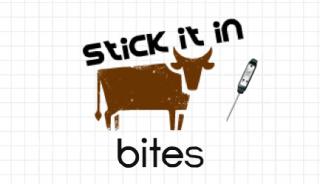‘Every place has a closet behind lock and key that has a lot of that kind of stuff in it,’ The stuff – usually something fermenting, curing or some unapproved (foraged/home produced) food is back there.

When he cooked at Ribelle, a Brookline restaurant that has since closed, he would sometimes bring foraged ingredients into the kitchen. Several chefs, under condition of anonymity, reported it is easy to find workarounds when it comes to foraging. One recounted bringing a haul of mushrooms to a wholesaler, who then “sold” them back to the chef with appropriate documentation for a nominal fee. Another, appreciative of the flavor of wild clams from a particular area, purchased other clams, used their tags on the wild shellfish, and served the purchased ones for staff meal. The wild clams went to the customers.
Regulations, can sometimes be burdensome on the regulated party. Especially they aren’t familiar with the consequences. States set restaurant food safety laws, based on the federal FDA food code, and most jurisdictions have a process for variances to that code; there’s already a way for businesses to opt out, via variance, if they feel overburdened by the law as long as the outcome is the same.
Stuff like wild-grown mushrooms, ramps and game carry different risks because they aren’t in a managed system or environment. Misidentify a mushroom and a customer can die. Hunting morels are big business and many of the foraged fungi end up in restaurants sold on somewhat of a black market.








.jpg) (watching the Stanley Cup final live at 10 a.m. yesterday made for excellent background viewing).
(watching the Stanley Cup final live at 10 a.m. yesterday made for excellent background viewing).
.jpg) where shoppers scan barcodes on their purchases and pay using machines.
where shoppers scan barcodes on their purchases and pay using machines. tendency to overcook everything. Food "would get all dried out." But when he used the thermometer he actually stopped when it was done, rather than overdone. Though don’t forget to wash the tip with soapy water after you use it, "to avoid cross-contamination.”
tendency to overcook everything. Food "would get all dried out." But when he used the thermometer he actually stopped when it was done, rather than overdone. Though don’t forget to wash the tip with soapy water after you use it, "to avoid cross-contamination.”